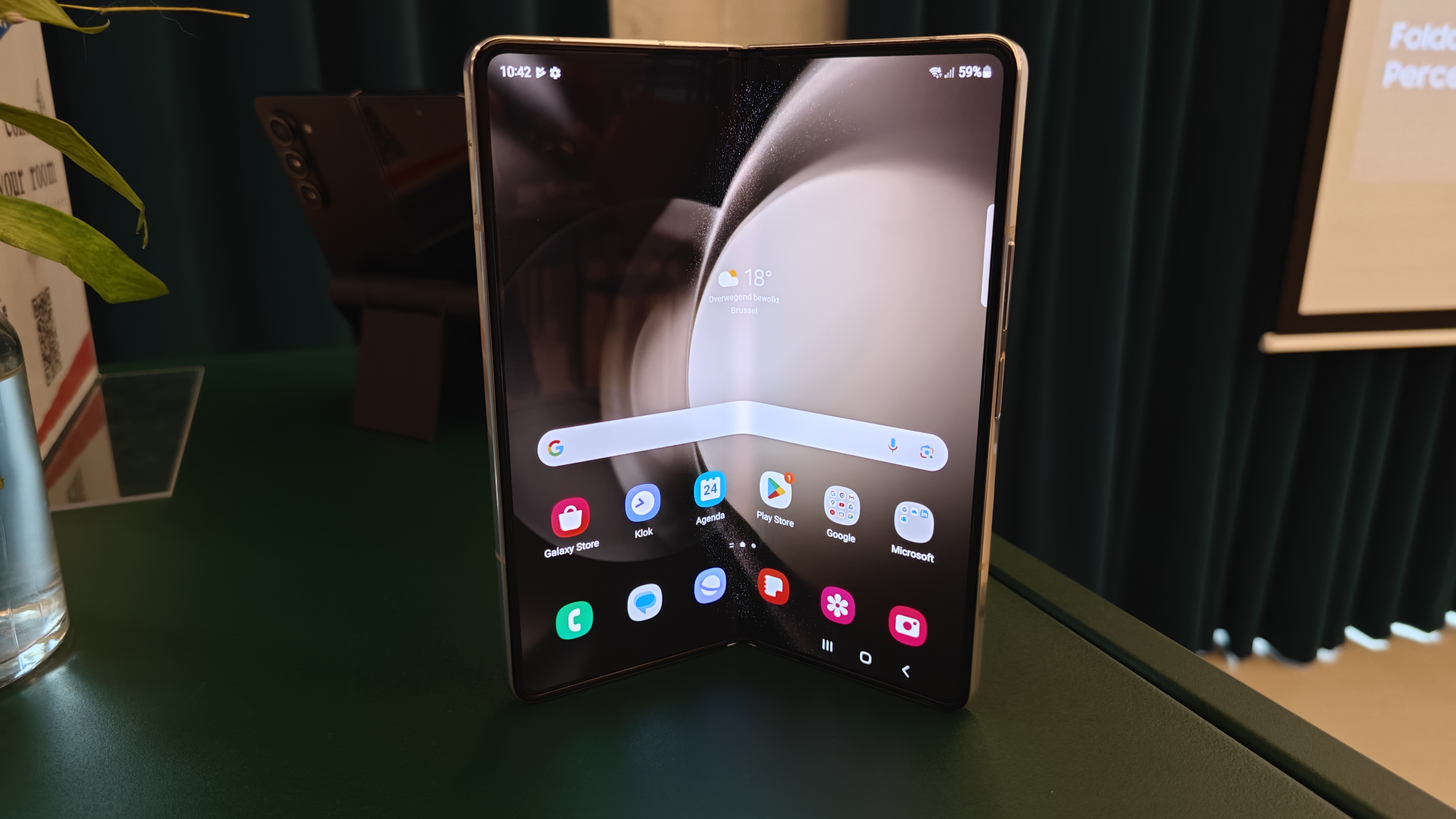
Did you ever wonder why we expect the best phones will be upgraded every year? We insist that Apple will launch the iPhone 15 like clockwork, and we know Samsung will announce the Galaxy S24 in February. History is our guide, but when did this history begin? I’d say it began with Samsung, and its aggressive annual pace has finally become a problem for the company with the underwhelming Galaxy Z Fold 5.
Underwhelming may be an unfair description. It’s astonishing, truly. If you’d shown me the Galaxy Z Fold 5 in 2007 while I was standing in line for the first iPhone, I would have passed out right there in that New Jersey mall. My tiny brain wouldn’t comprehend the folding glass, the massive displays, the array of camera lenses. Break out that S Pen and wave it around with some air gestures and I’d have called you Gandalf and followed you to Mordor.
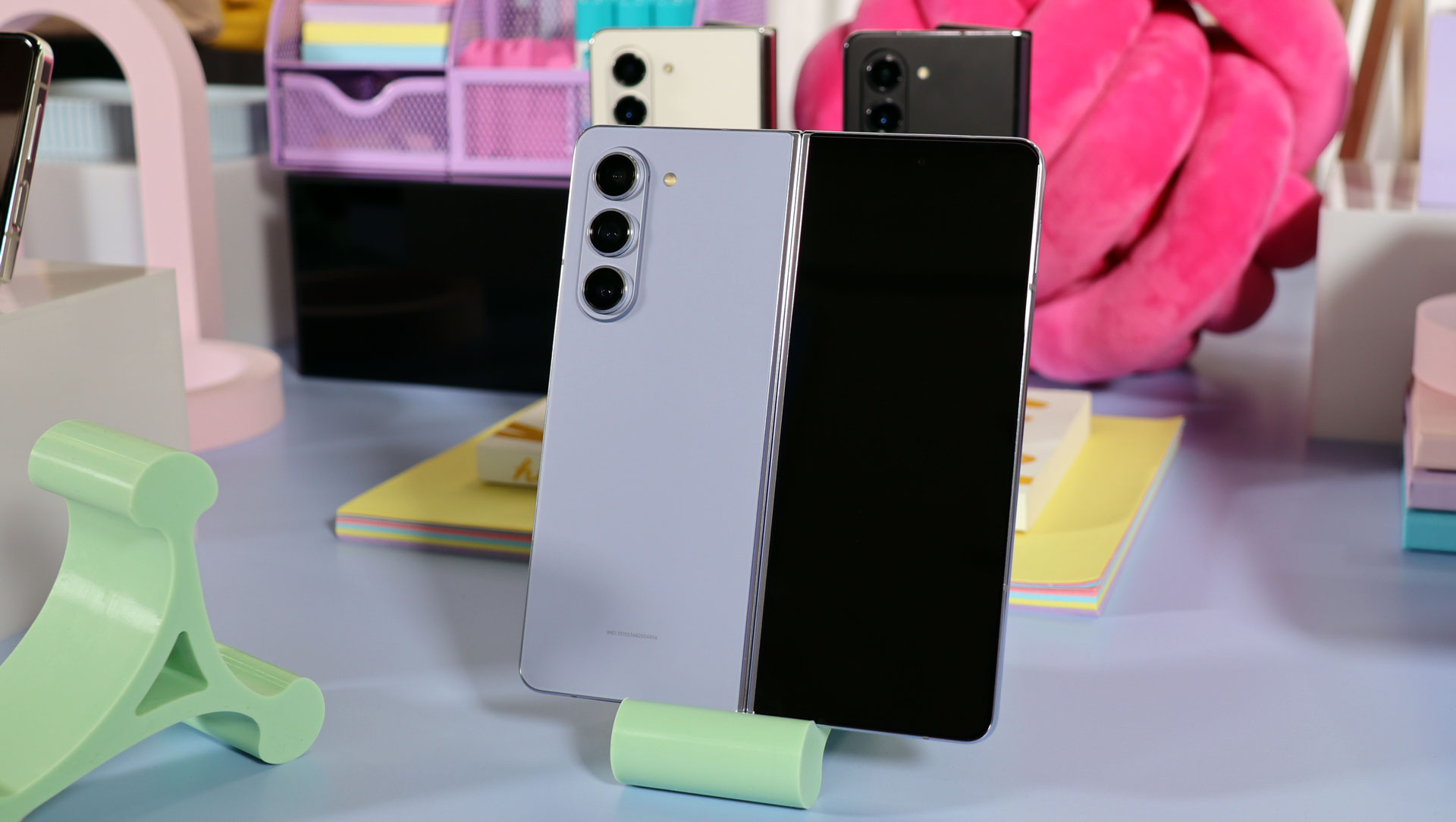
On the other hand, if you show me the Galaxy Z Fold 5 now while I’m holding my Galaxy Z Fold 4, I’d have trouble discerning the differences. The Fold 5 has a faster processor? My Z Fold 4 was pretty fast already. The Fold 5 can fold flat? Okay, is that all? Because, as far as upgrades go, that’s kind of, well, boring.
There’s a lab full of engineers working on foldable glass whose heads just exploded when I called their last year of labor “boring.” It’s not boring. I’m sure it took a level of technical achievement that I can’t comprehend to get from a teardrop gap to a completely flat seam. Engineers work in worlds measured in micrometers. I just want to buy a new phone.
An expensive new phone, at that. The most surprising thing about the Galaxy Z Fold 5 may not be the lack of improvements, but the failure to drop the price. If the phone isn’t going to get much better, at least it could have gotten cheaper? It’s hard to understand how last year’s price is justified. At least the Galaxy Z Flip 5 got a much bigger cover display. The Galaxy Z Fold 5 just got … a little better.
The Pixel Fold shows how big foldable phones must bend
The problem is the Google Pixel Fold, and upcoming phones like the OnePlus Open. All of today’s foldable phone makers are working with a rectangular, internal panel around 7.6-inches. You can bend that rectangle in half in two ways, and how you bend it shapes the cover display. Bend the screen one way and you get a tall, narrow cover display like the Galaxy Z Fold 5. Bend it the other way, and you get a wide, squat cover display like the Pixel Fold and the upcoming OnePlus Open.
It turns out, one of those arrangements is much, much more useful than the other. Both cover displays are about the same area, but the Z Fold 5 is too narrow for comfortable, daily use. You get tired of apps and websites looking squashed to fit the narrow screen. The phone is too tall to stretch your thumb from the bottom to the top with one hand.
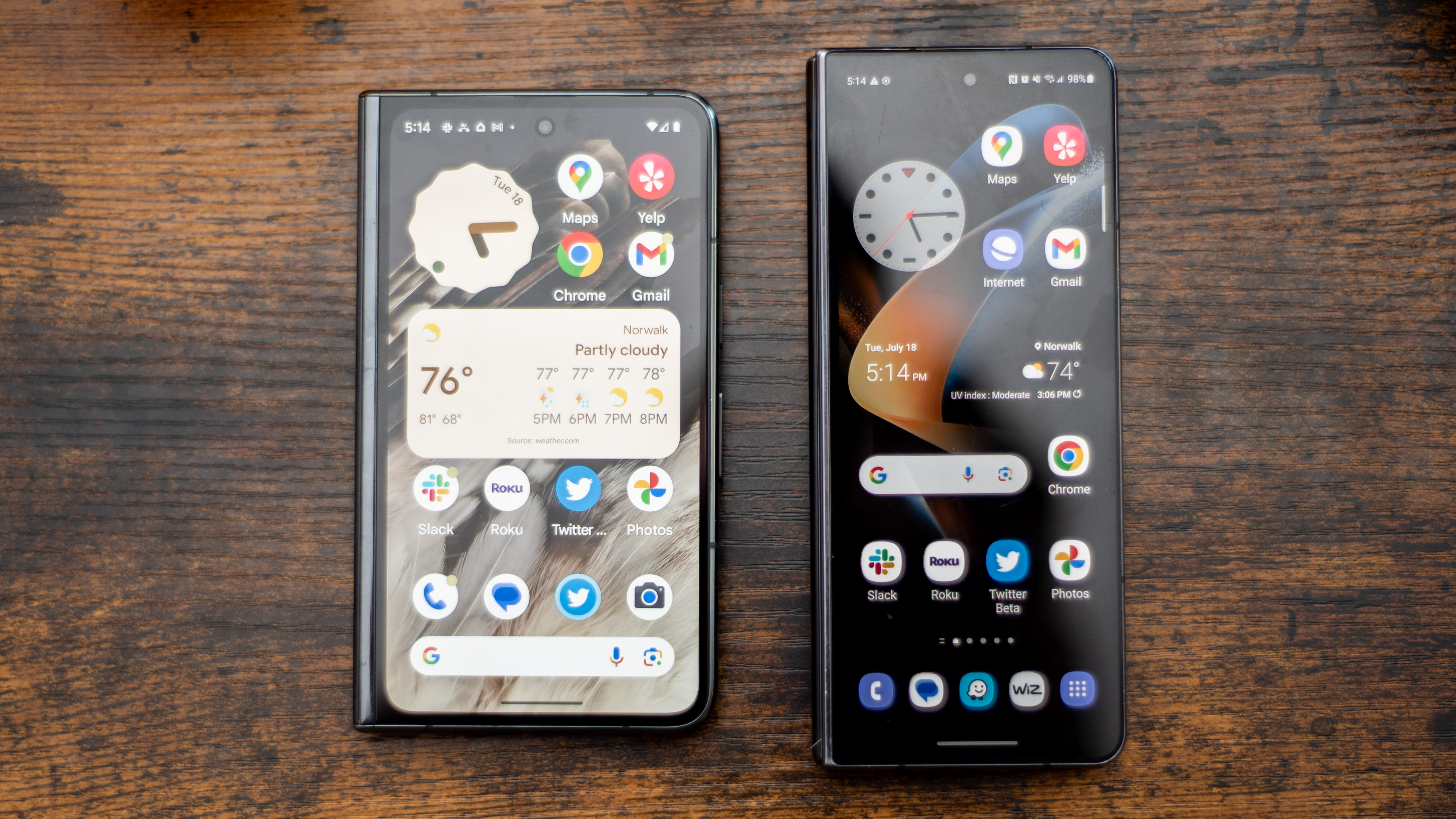
Samsung made a mistake, a big mistake, and it has taken four generations for us to realize because there hasn’t been any other big foldable phone worth considering before the Pixel Fold. But once you see it, you can’t unsee it. The Pixel Fold is folded correctly. The Galaxy Z Fold 5 is a mistake.
It is possible for Samsung to fix the mistake and simply order internal displays that are bent the other way. It was not possible for Samsung to do this between the Galaxy Z Fold 4 and Galaxy Z Fold 5. Even though new phones are launched every year, it takes much longer than a year to design and manufacture a new phone. Even the simplest upgrade can take 18 months or more from start to finish.
The Galaxy S23 first hit the drawing boards probably halfway through the Galaxy S21’s first year. Apple’s eventual iPhone 17 is probably just now in the initial stages of development, as the rumored iPhone 15 is prepped for launch in a couple months. This is the normal cadence for phone development.
If Samsung saw the Google Pixel Fold and, like everyone else, realized its mistake, then a Galaxy Z Fold phone that addresses the problem would come out 18 months after the Pixel Fold. The most likely candidate would be a Galaxy Z Fold 7, if we get there.
Annual phone upgrades is a Samsung invention
This disappointment is Samsung’s fault. There is no reason why we need a new phone to launch every year. As a phone reviewer, I personally need new phones every year so I can keep my job. But maybe buyers don’t need a new upgrade every year.
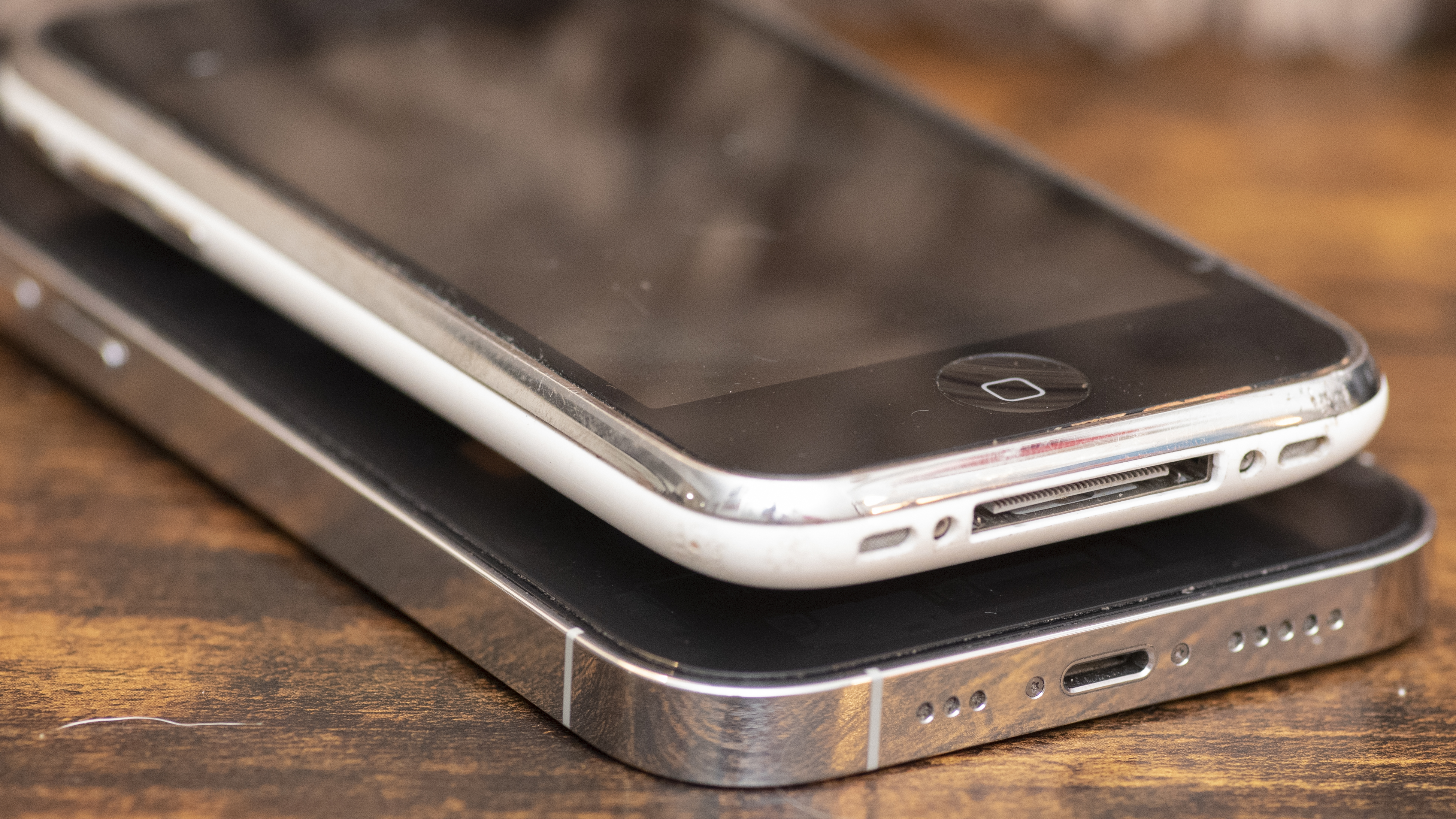
Apple understood this early, and stopped producing major upgrades every year starting with the fourth iPhone. The iPhone 4 was a major redesign for Apple, a totally new look for the iPhone. The next iPhone 4S was only a minor upgrade, with no design changes. From that year onwards, Apple would release a new design one year, what we now call a “Tick” year, and then upgrade it the next year, the “Tock” year. Tick-Tock.
Samsung saw this as a weakness. It doubled down and then doubled again. Not only did Samsung upgrade its phones every year with new designs, it also added another product category so it could launch a brand new phone model twice a year. In the first half you get a new Galaxy S. In the second half you got a Galaxy Note, now a Galaxy Z. Tick-Tick-Tick-Tick.
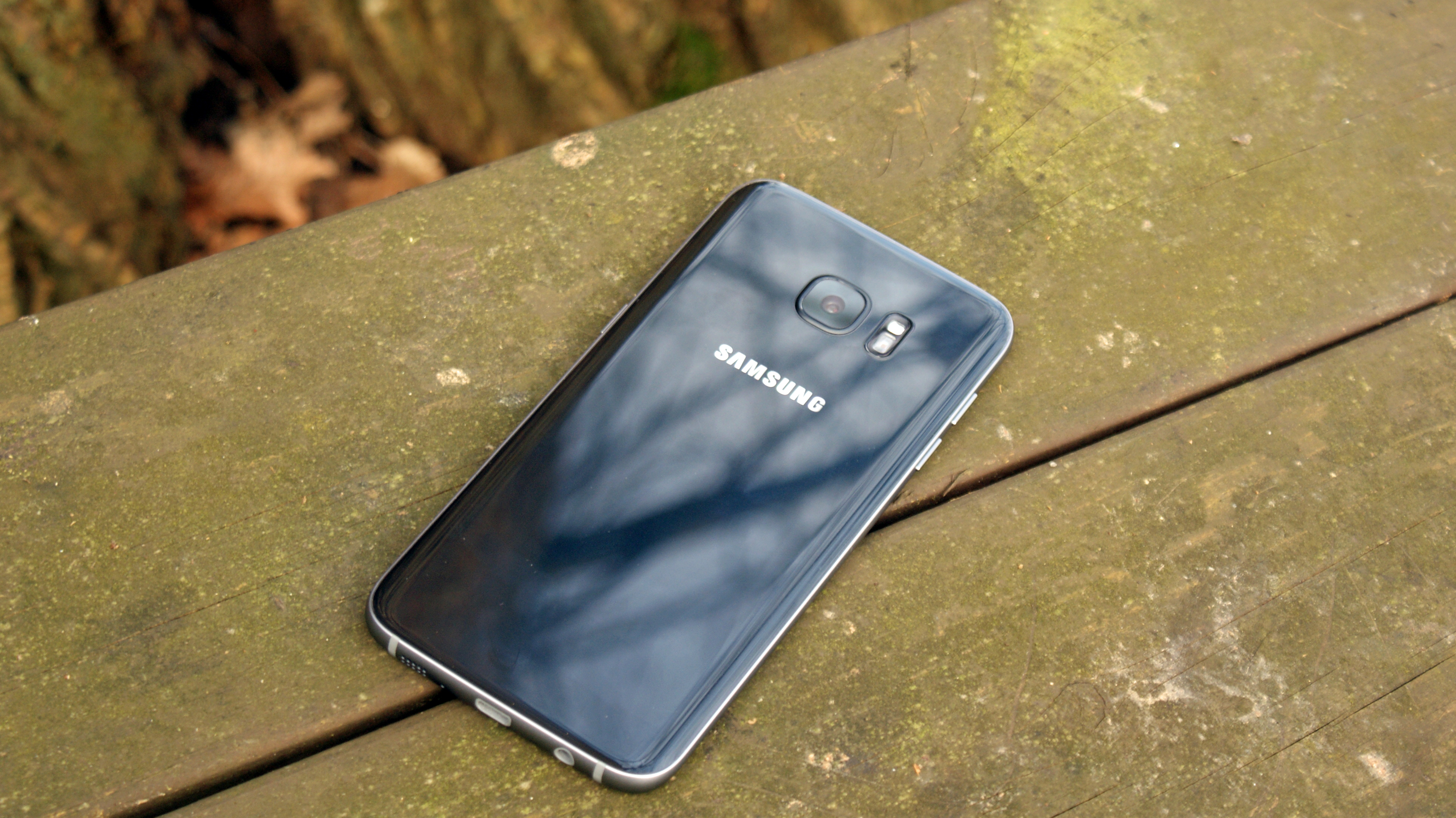
How could it keep up this aggressive pace? It couldn’t. For a while, the phones weren’t very good. The designs were cheap plastic and the features were weird. For Samsung’s best phones to improve and compete with the best iPhones, Samsung needed to realize its mistake. Phones started to look similar, both year after year, and also across product families.
Still, the aggressive pace was set. Media and customer expectations were set. Apple is a boring company launching the same phone year after year. Samsung is the innovator, trying new concepts and giving buyers something fresh.
Samsung should treat this like a mistake and fix it
Until now, Samsung hadn’t made a big mistake (besides the Note 7 battery disaster, of course), nothing that couldn’t be corrected in a generation or so. It uses the best components, and keeps adding and refining features. What could go wrong? Folding went wrong.
Samsung needs to change the aspect ratio on the Galaxy Z Fold as soon as possible. It is going to be a major change, and it will take a couple of generations to fix the problem. Until then, it shouldn’t launch a new Galaxy Z Fold. It should sell the same device and gradually lower the price. Not even a processor bump next year.
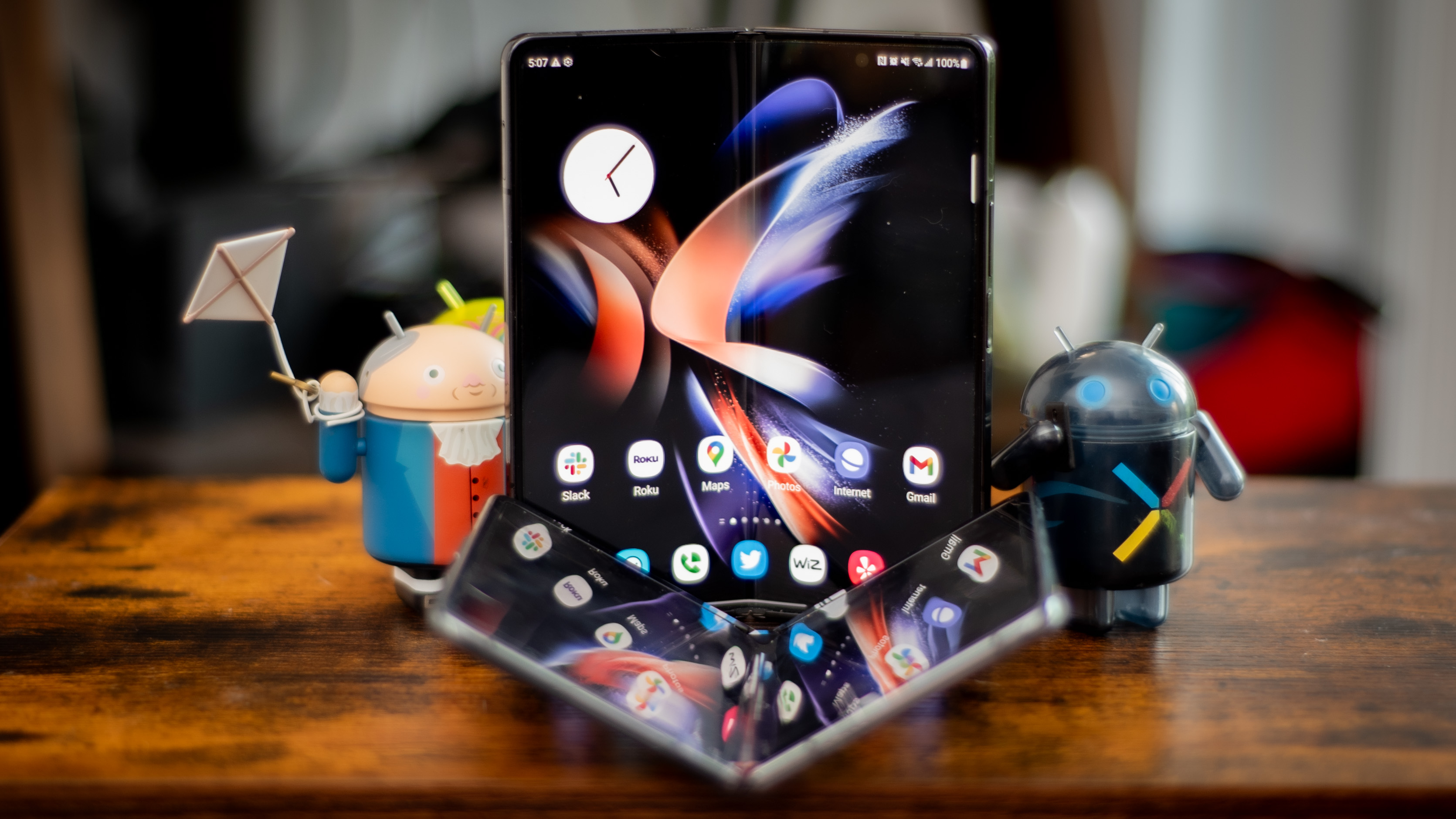
The message from Samsung this year was that it couldn’t recognize a fundamental design flaw and make a big change. If it launches another phone with the same problem next year, this would only compound the error.
Look around, Samsung. The rest of the phone world has figured out that the wider aspect ratio is better. There are no other folding phones trying to bend the way the Galaxy Z Fold 5 bends. That isn’t because Samsung found a magic formula that others can’t copy. It’s because Samsung’s design is simply wrong, and nobody else is making the same mistake.
- Check out our hands-on with the new Galaxy Z Fold 5
- Read up on all the latest with our list of the best foldable phones







